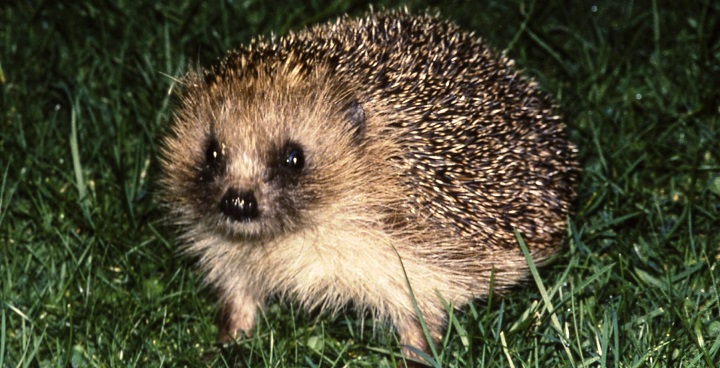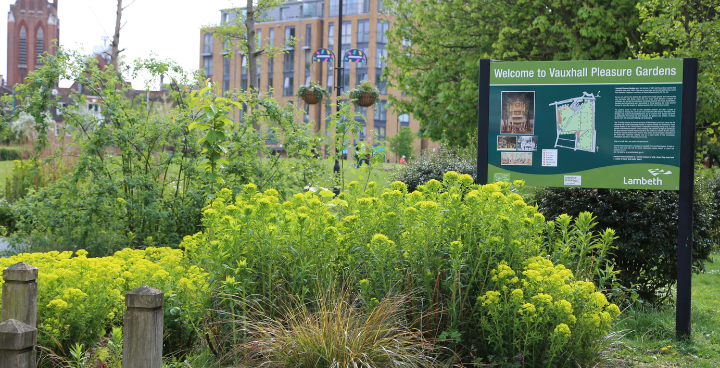
While some of Lambeth’s wildlife – like swifts, swallows, and Painted Lady butterflies – fly somewhere warm for winter, others hibernate – going into deep sleep until spring. I bet a lot of humans wish we could go into suspended animation – dodge the cold, cut heating bills and avoid slippery roads.
Helping hibernators
Lambeth’s hibernators include both mammals (hedgehogs, dormice, and bats) and invertebrates (butterflies, moths, bumblebees and beetles like ladybirds). Help them sleep somewhere secure this winter.
Hibernation places
- Bats like safe spaces within large trees, but also in buildings like garages and outhouses.
- Hedgehogs pile up leaves, twigs and dry grasses to make a snug nest.
- Butterflies, moths, bumblebees and ladybirds find sheds, garages, greenhouses and conservatories to keep them safe from frosts, rain and wind.
- If you find these safe places, please leave them alone all winter until the animals wake and move on.
Making homes for hibernators
- Help hedgehogs (in return for killing slugs and snails that eat your garden) by leaving some ‘untidy’ garden space, with piles of leaves or twigs, or with dense undergrowth and shrub cover. You can buy or DIY hedgehog homes.
- Download ‘bug motel’ plans for minibeasts that spend summer feeding on pests like aphids (greenfly), mosquitos, midges and plant-chomping caterpillars, or pollinators that add colour to our lives, like butterflies. Or simply turn empty flowerpots upside down.
- Bat boxes are great for roosting, but bats probably won’t hibernate in them.
Let sleeping hibernators lie….
In autumn, wild animals build up fat or protein in their bodies then ‘live off their reserves’ while hibernating. If you accidentally wake one up, it has to seek shelter elsewhere, using up energy reserves and might not find enough food or warmth to survive. Hibernating butterflies and bumblebees usually just flutter or bumble away and go back to sleep. But for mammals (especially bats, because they’re protected species) you really need expert advice.
For more information
- Contact Lambeth Landscapes for information on local open spaces, not just in winter but spring, summer and autumn.
- DIY ‘Hedgehog home’ plans from the RSPB or British Hedgehog Preservation Society – plus year-round hedgehog-friendly gardening.
- Get ‘minibeast motel’ plans from the RSPB.
- Do your bit for bats (eg building bat boxes) via the Bat Conservation Trust
- If you find a hedgehog awake, find what to do from the British Hedgehog Preservation Society or report you’ve found a hedgehog
- If you disturb one or more hibernating bats, seek professional advice – starting with the Bat Conservation Trust helpline 0345 1300 228.
- Learn more about winter wildlife from The Guardian or WildLife Watch.



